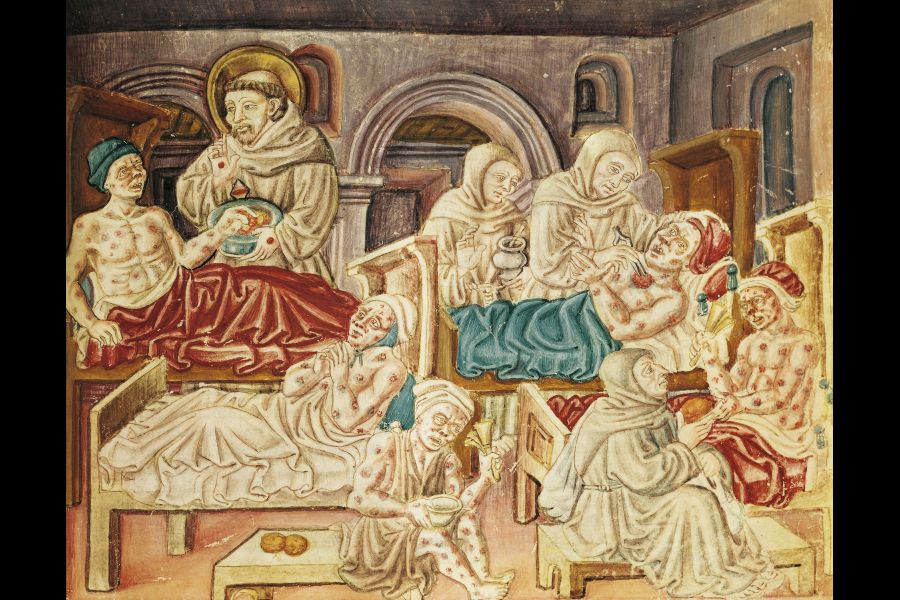Penny-Lynn Cookson
Special to Niagara Now/The Lake Report
The Lake Report’s call out for nominations for our pandemic heroes serves to remind us that through the long march of history’s plagues and pandemics there have been those among us who continue to exemplify courage, compassion and care.
In the face of fear and uncertainty, social and economic upheaval, illness and death, the tireless acts of caregivers continue to give us hope and consolation.
It remains surprising how few images of plagues there actually are in art history. Most show anguish, fear and the reminders of death but there are not many that actually focus on realistically depicting disease.
Perhaps artists were too sick themselves or fearful of contagion? Or were these simply undesirable subjects to explore given how dreadful the circumstances? Or perhaps the disease was too commonplace to depict?
In our own time, when have we seen artwork of measles, mumps or chicken pox? Although there remain occasional outbreaks of bubonic plague, most recently in Madagascar, only one gruesome image has surfaced, a 2012 photo of a man in Oregon with blackened fingers, infected while trying to wrest a mouse out of his choking cat’s mouth.
In the art of past pandemics, we see social disruption, the fallen, the last rites, the mourning, the carrying of coffins and ministering of aid. Most often the scenes portrayed were created years after the fact and the plague referenced has been misidentified as the bubonic plague.
It is actually leprosy or smallpox where the victims are covered head to toe with festering red boils and lesions. Victims of the bubonic plague or Black Death have “buboes,” painful swollen lymph nodes that can appear on the thighs, armpits, neck or groin and are caused by the contagious bite of an infected flea. Death comes quickly.
Leprosy lingers and the unfortunate lepers were hounded, shunned, reduced to beggars and segregated, ringing the hand bells they were required to carry to warn others they must stay away from them. Sadly, those suffering from eczema or psoriasis were also mistakenly persecuted as lepers as such skin diseases were not understood.
In this 15th-century image from La Franceschina Codex, painted by Jacopo Oddi, we see the devastating realty of diseases like smallpox and leprosy and the attentive care of the monks in a religious house in Italy.
St. Francis, with a golden halo behind his tonsured head, offers a benediction to the victim with the healing hands that reveal the nail holes of Christ. A nearby woman raises herself in bed and clasps her hands in prayer seeking salvation as she attentively listens.
Two Franciscan monks to the right attend to a feverish man, one using tongs to hold a soaked sponge to soothe his lesions, while the other holds the mortar containing the medicinal oil. In the foreground, a monk in a gesture of compassion, gently touches the outstretched fingertips of another patient.
The sitting man in front holds his beggar’s bowl while he rings his bells warning us to beware of the danger of contagion. In this image we see works of mercy, the offering of food and water, the care of the sick, the gift of blessings, the consoling of the dying and the healing touch given by those who willingly place themselves at the risk of death motivated by love not duty.
Heroes all.
Penny-Lynn Cookson is an art historian who taught at the University of Toronto for 10 years. She also was head of extension services at the Art Gallery of Ontario. See her upcoming lecture series “Art and Revolution, From Cave Art to the Future Thursdays” on Zoom, March 11 to April 29 at RiverBrink Art Museum in Queenston.










